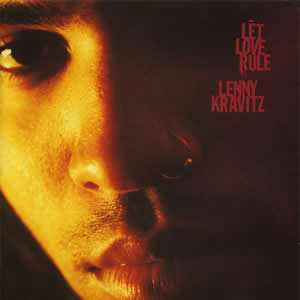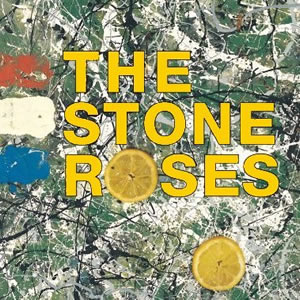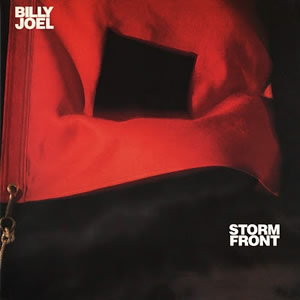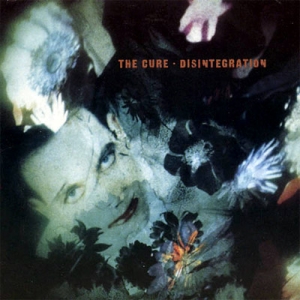Full Moon Fever by Tom Petty
Buy Full Moon Fever This week marked the 25th anniversary of Full Moon Fever, which is listed the first official “solo” album by Tom Petty. However, the circumstances surrounding the production of this […]

Buy Full Moon Fever This week marked the 25th anniversary of Full Moon Fever, which is listed the first official “solo” album by Tom Petty. However, the circumstances surrounding the production of this […]

Buy The Real Thing Faith No More found their signature sound and commercial breakthrough with The Real Thing in 1989. This was the first release by the band to feature vocalist Mike Patton, […]

Buy Let Love Rule While only a moderate success in the United States, the 1989 debut album by Lenny Kravitz became an instant and huge hit elsewhere in the world. Let Love Rule […]

Buy Master of Disguise Had Master of Disguise been released five to ten years earlier, it would have a huge commercial success and probably considered a rock classic. But as the climate changed […]

Buy Stone Roses Like lightning in a bottle, The Stone Roses debut album captured the energy of an emerging movement which would influence the British pop scene for the better part of a […]

Buy Storm Front With Storm Front, his eleventh overall studio album, Billy Joel made a concerted effort to radically change his approach on several levels. First, he discharged a few members of the […]

Buy Disintegration Through most of their first decade, The Cure was a group that was always on the razor’s edge of change making them one of the rare “alternative” bands which were actually […]